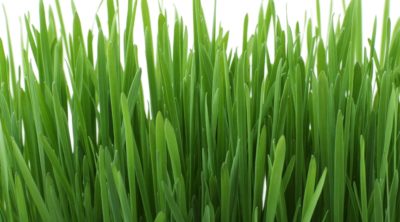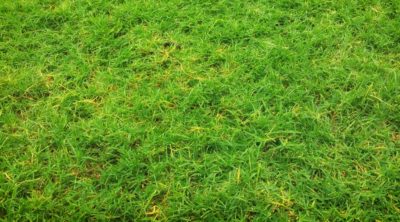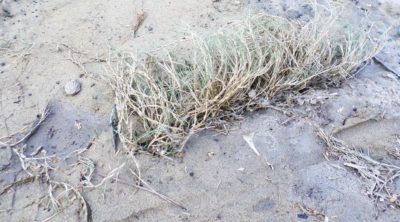How long does it take for grass to grow?
This is kind of like asking how long it takes for paint to dry. However, just like that ultimately depends on what type of paint you’re using, it also depends on what type of grass you’re growing.
This article will focus on the different types of grass you might be growing and how long you can expect to wait before your grass grows.
How Long Does It Take for Grass to Grow?
There are lots of different kinds of grass out there. Each grass grows at its own speed, so if you want to figure out how long it’s going to take for your grass to grow, you need to consider what type of grass you’re growing.
These are some of the most common types of grass seeds and their standard germination speed. Remember that germination is just the term used to describe when the seed begins to sprout, so it often takes a bit of time after germination before your grass is fully grown.
- Annual ryegrass is a quick-germinating grass that often begins to sprout within 5-10 days. This grass does not do well in cold climates.
- Kentucky Bluegrass is a strong type of grass that can handle a lot cold. However, this hardy seed takes up to 3 weeks to begin germinating.
- Perennial Ryegrass is one of the most popular grasses for people who have a lot of people walking on their lawns. It grows quickly, beginning to germinate within 5-7 days.
- Red Fescue grass handles the cold and shade quite well. It doesn’t require a ton of water but often begins to germinate between 10-20 days.
Growing Grass – Timing & Seasons
Most people prefer to start growing their grass in the spring season, but this isn’t necessarily the best time. Ultimately, it depends on what type of grass you’re growing and the climate that you live in.
Typically, grass seeds will be packaged with the appropriate information, so consult the packaging to find out the best time to grow your grass seeds. In most cases, this sort of knowledge is common-sense. For example, if winter is approaching, you don’t want to plant a grass that is best suited for warm weather.
Growing Grass – Tips & Issues
These tips can be useful if you’re experiencing issues growing grass.
- Make sure you’re using an appropriate seed. Different climates and locations call for different seeds. Ask local gardeners or nursery workers to figure out the best type of grass.
- Test your soil. The acidity and nutrients in your soil have a huge impact on your grass seed and its ability to grow. Make sure you’re growing grass in soil with the proper nutrients and pH level.
- Seed the proper amount. Not all grass seeds need to be spread in the same density. Again, consult the packaging to learn if you need to seed with 1 pound per 1,000 square feet or 3 pounds.
Conclusion
So, how long does it take for grass to grow? That depends on the type of grass and the climate you live in. If you’re still not sure, talk to some local gardeners or nursery workers to figure out the best way to grow grass.


